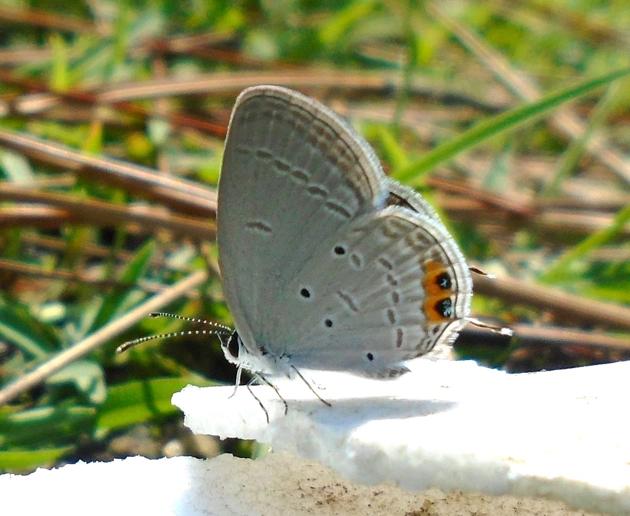Vanishing Himalayan butterflies: No recent record of 51 species in Uttarakhand
There are 51 Himalayan butterfly species that have no records in Uttarakhand since the mid-20th century, according to a research conducted by Prof Jagbir Singh Kirti, a zoologist in Punjab University.
There are 51 Himalayan butterfly species that have no records in Uttarakhand since the mid-20th century, according to a research conducted by Prof Jagbir Singh Kirti, a zoologist in Punjab University.

Prof Kirti, president of the Association of Entomologists, said butterflies “are very sensitive and fragile organisms” and one of the best indicators for changes in environment and ecology of a region.
“Butterflies are a good model for assessment and habitat monitoring studies and effective indicators of forest health as they are widespread, conspicuous, and easily recognizable,” Prof Kirti said. “If there are no recent records of 51 butterfly species in Uttarakhand, it means they have most likely gone locally extinct. And this shows that everything is not well with the Himalayan environment.”
Prof Kirti said he with zoologists Deepika Mehra and Avtar Kaur Sidhu studied the biodiversity and conservation status of Butterflies in the western Himalayas, which was published as a research paper in the Journal of Entomology and Zoology Studies last year.
He has been studying butterfly and moth biodiversity and conservation for the last three decades. These species include Parnassius stoliczkanus, P. jacquemontii, P. charltonius, Aporia nabellica, Callerebia shallada, Colias eogene and so on.
On possible factors for fewer records or vanishing of some butterflies species, Prof Kirti said the biggest factors were habitat loss, forest fragmentation, comparative warming of the Himalayas due to global warming, climate change, use of insecticides, pesticides, mono-cropping and so on.
“We found one species, which used to live high up in the Himalayas, has now come down for its survival. It was found down in Solan area, where it was never found earlier,” he said.
“The fact is that only a few butterflies can adapt and change, while the rest will vanish for their failure to cope with the changes in the Himalayan ecology,” he added.
“There is a paucity of quantitative biodiversity studies in the region. More research is needed to study the impact of the environmental changes on the Himalayan butterfly species, many of which are found only up to a certain height.”
There are two major groups of Himalayan butterfly species -- forest species that are found in densely wooded slopes of the outer Himalayan ranges and valleys; and the other ones found at high altitudes and which never occur below timberline.
Of the total 493 butterflies found in the western Himalayas, 205 species are “rare and patchy” in their records in the region, Prof Kirti said. Butterfly species found in the western Himalayas constitute nearly 30% of the total Indian butterfly biodiversity found in the country.
Prof Kirti said threatened butterflies have narrower niches, more restricted distributions of the larval host plants, poorer dispersal abilities and shorter flight periods, which make them more vulnerable to the environmental changes.
Butterfly species in the western Himalayas show high endemism (where butterfly species are native or restricted to a certain area or niche), particularly at higher altitude, accounting for the ecological and geographical isolation, he said.
“The main challenge is to identify the extinction-prone species. It is vital to protect butterfly species on a regional basis.”




